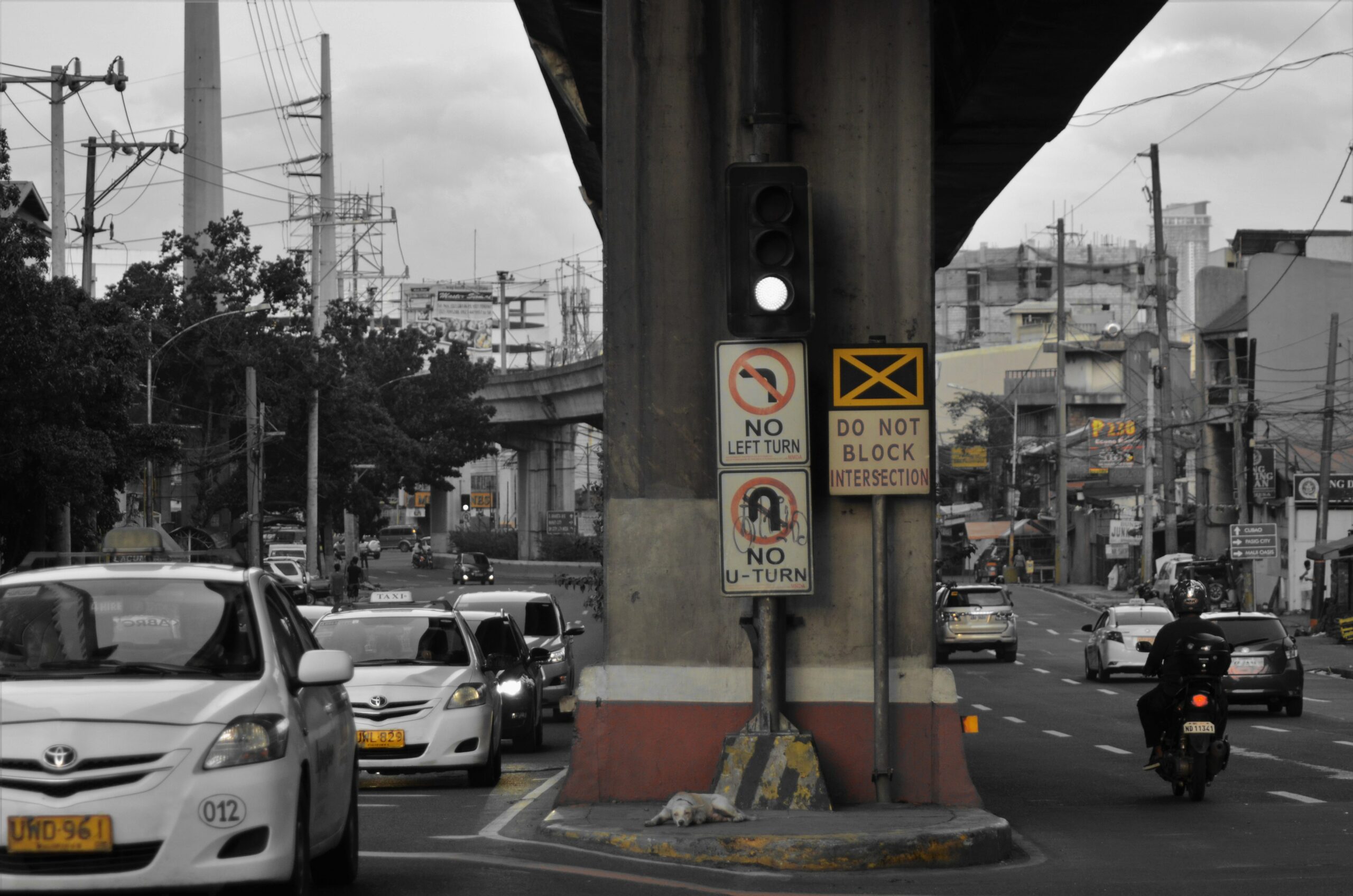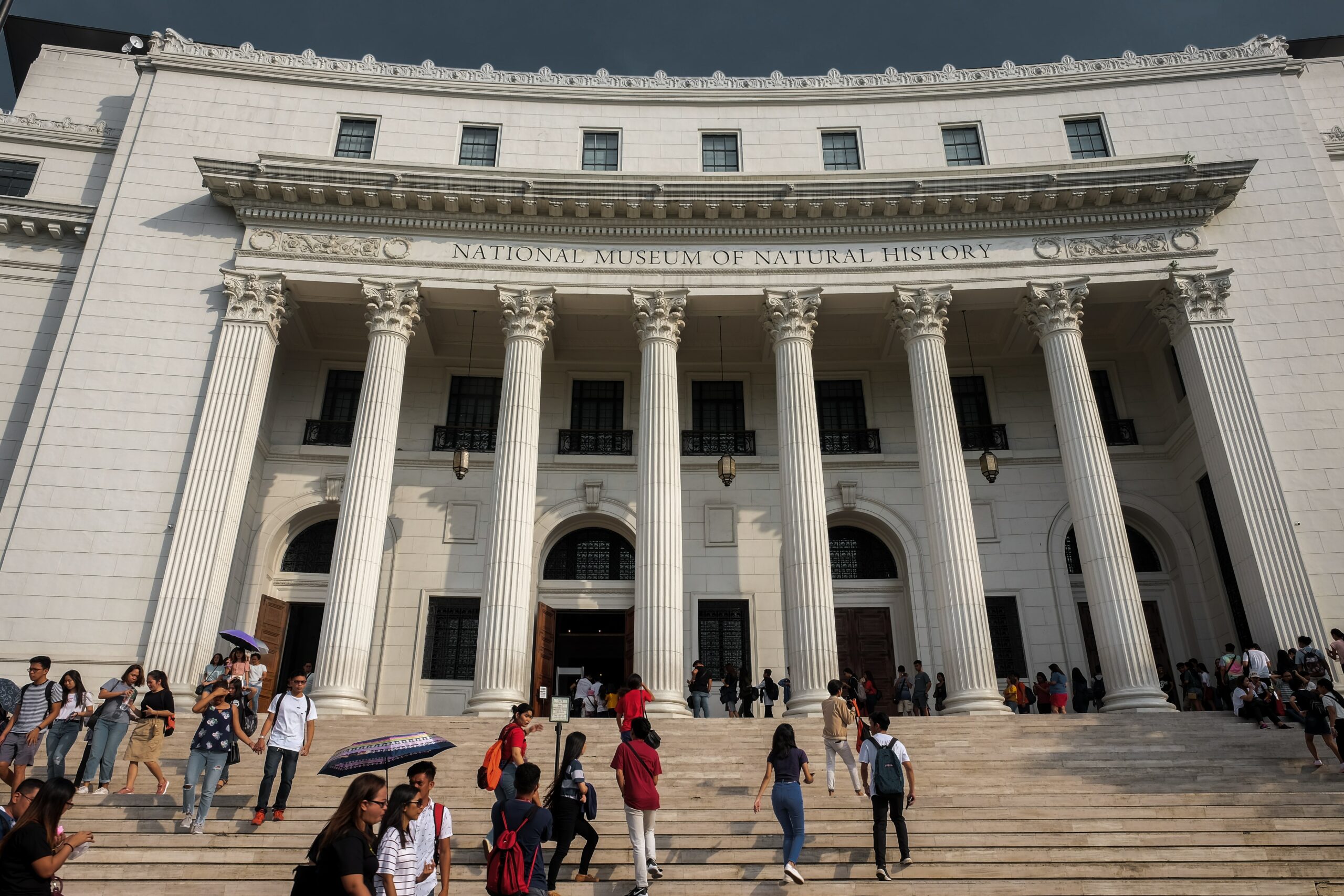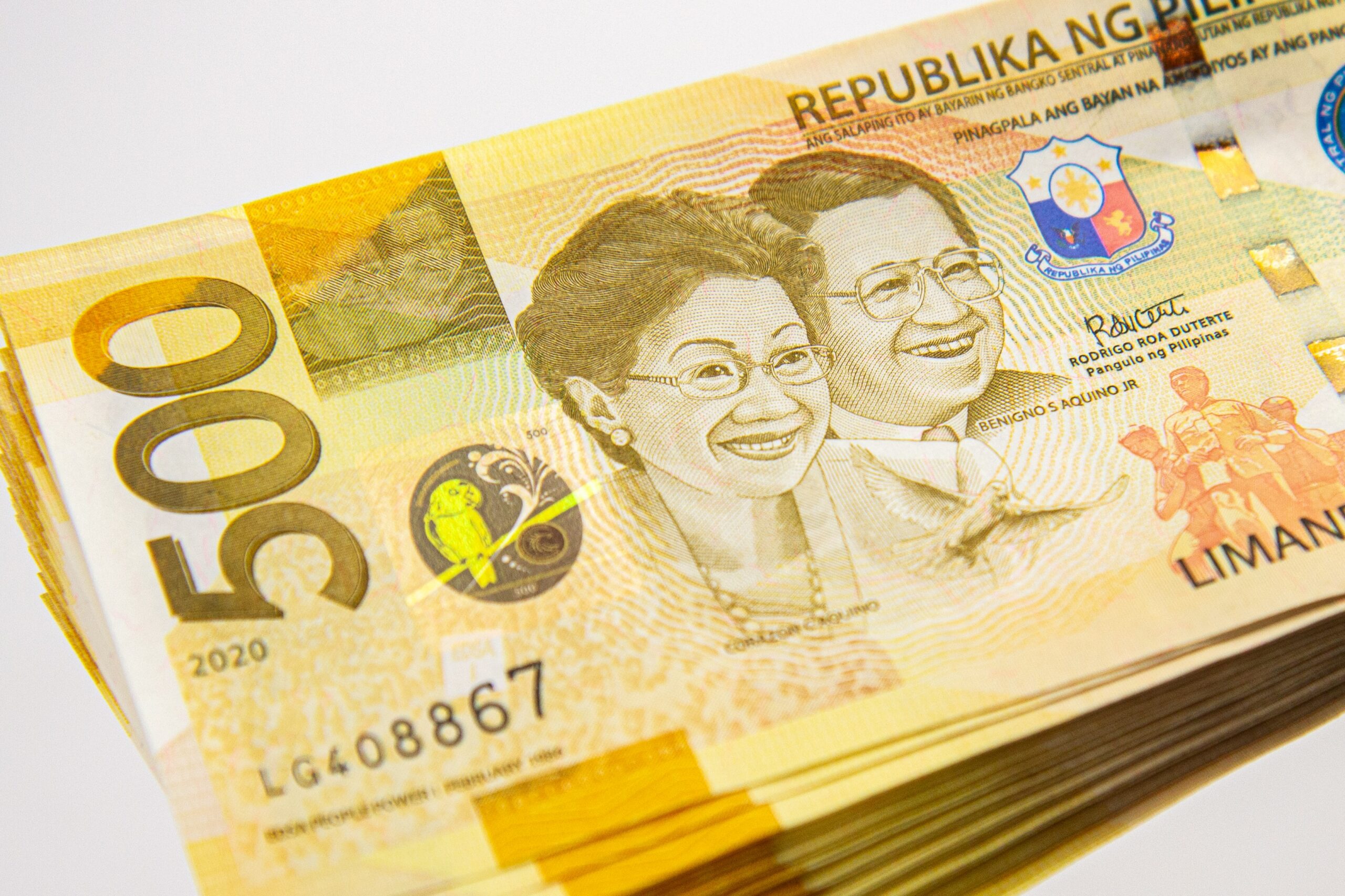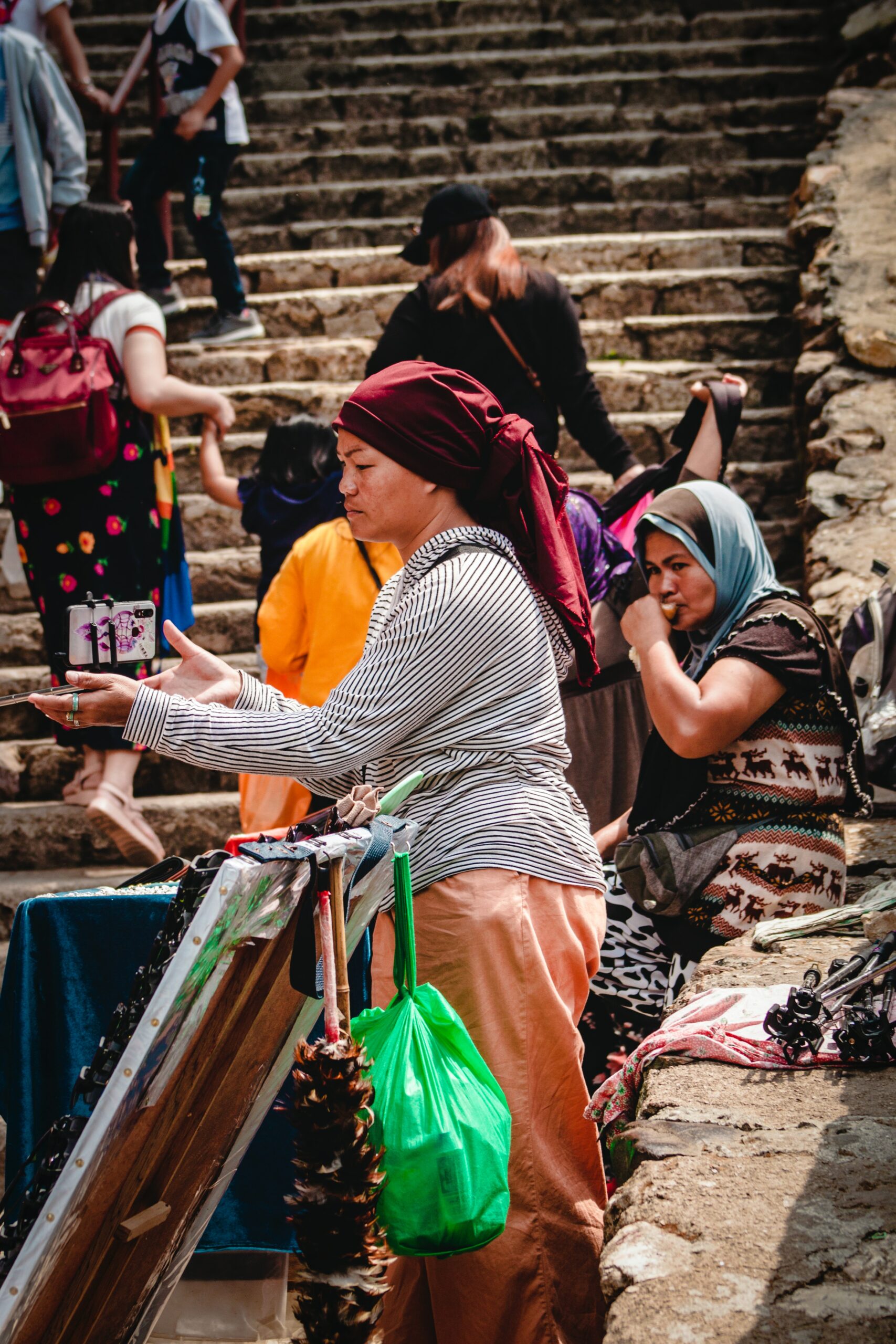Scams in the Philippines
Compared to more developed countries, the Philippines may not exactly be as tourist-friendly with regard to safety. However, our natural attractions offer a rich and rewarding experience for those who venture through.
To stay safe during your trip, here are 7 scams in the Philippines tourists should watch out for. Disclaimer: These scams exist anywhere in the world but we have compiled this list specifically so you know what to be particularly wary of when traveling in the Philippines.
1. Taxi scams – overcharging taxi drivers

Image credit: Klaryss Puno via Unsplash
It’s common knowledge to locals to be wary of hailed taxis so we use ride-hailing apps instead. This is because some taxi drivers don’t turn on their taximeter to overcharge passengers, more so if you’re a tourist.
You may encounter this scam right when you exit the airport. Even yellow, metered taxis at the airport – which were meant to mitigate taxi scam incidents – may take advantage of you.
For a safer ride, download Grab to book cars or Angkas or Joyride for motorcycle taxis.
2. “Closed” tourist destinations – drivers lying about an attraction being closed

Sugba Lagoon in Siargao. Image used for illustrative purposes only.
Image credit: Macky Punzalan Ong via Facebook
In relation to taxi scams, taxi, tricycle, or habal-habal (motorcyle taxi) drivers might tell you that the attraction you wish to visit is closed when it’s really not to convince you to go elsewhere.
They do this because they get a commission from the other attraction’s owner or manager.
To avoid this scam, check the attraction’s Google listing to know when they’re open. You can make a call to confirm to be sure.
If the info is not available, refuse the driver’s offer and find another ride to be safe.
3. Tourist activity scams – operators who are privy to the actual price of tourist activities

Canigao Island in Matalom, Leyte. Image used for illustrative purposes only.
Image credit: Ina Carolino via Unsplash
Beware of being taken advantage of when signing up for tourist activities on your vacation. These activities include boating and kalesa or horse-drawn carriage rides.
Some ride operators would avoid discussing the exact price with you before getting in so they can charge you an exorbitant price. They may also make you pay for equipment damages that you hadn’t noticed were already there when the item was given to you.
To be safe from these kinds of scams in the Philippines, book your activities from trusted establishments and tour booking platforms.
4. Fake tour guides – can cause physical harm

The National Museum of Natural History. Image used for illustrative purposes only.
Image credit: Eryka Rose Raton via Unsplash
When touring the Philippines, it’s best to get your tour guide from a trusted platform.
Fake tour guides can charge you a ridiculous price, steal from you, or even threaten to harm you in exchange for money.
Some attractions, such as the historic walled city of Intramuros, have accredited tour guides who can speak a variety of languages which you may find on their website.
5. Money changer scam – fraudulent small-time money changers

Image credit: Mari Gimenez via Unsplash
Be wary of small-time money changers with suspiciously attractive rates. They might shortchange you by taking a few notes, replacing bills with smaller ones, using a faulty calculator, or charging more commission fees.
To avoid being scammed by money changers, calculate the conversion to verify and count the money they give you.
Or better yet, change your money at established money-changing outlets.
6. Free souvenir scams – street vendors pushing their wares to people

Image used for illustrative purposes only.
Image credit: Leandro Gepila via Unsplash
Free gifts can be tempting. However, if you’re a tourist in the Philippines, you should be cautious of street vendors who would tell local and foreign tourists that they’re giving people items for free.
These kinds of scammers could pretend to be a friendly stranger and make you wear their merchandise or simply put it on you. If you give in, they’re likely going to pressure you to pay for it after a while and try to make a scene.
In case you find yourself in this situation, refuse adamantly and just keep walking.
7. Online shopping scams – fake online shopping deliveries

Image adapted from: Anne May Teves via Facebook
If you’re staying in the Philippines for a while, you might try to explore our online shopping apps. Once you become a regular shopper, you’ll likely be targeted by fake delivery staff.
Particularly, if you like paying via cash-on-delivery and have a lot of parcels coming in every week, these fake delivery staff would deliver a random item to you and have you pay for it.
It helps to know what online orders are arriving and how much they are. It’s even better if you can track where they are as well so you know if your items are for delivery on that particular day.
Scams in the Philippines to avoid as a tourist
While scams in the Philippines should be something to be wary of, these should not overshadow the country’s immense beauty, rich cultural heritage, and warm hospitality. With a little more effort to be vigilant, you can enjoy the diverse array of travel destinations we have to offer.
If you want to experience traditional Filipino celebrations, check out this list of Philippine festivals. Or if you’re set on exploring the best beaches in the country, here are underrated white sand beaches to visit besides Boracay.
Cover image adapted from: J Torres via Unsplash, Mari Gimenez via Unsplash, Ina Carolino via Unsplash, Eryka Rose Raton via Unsplash
